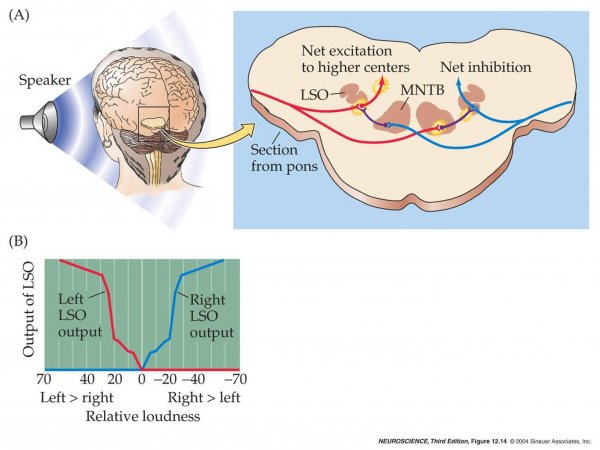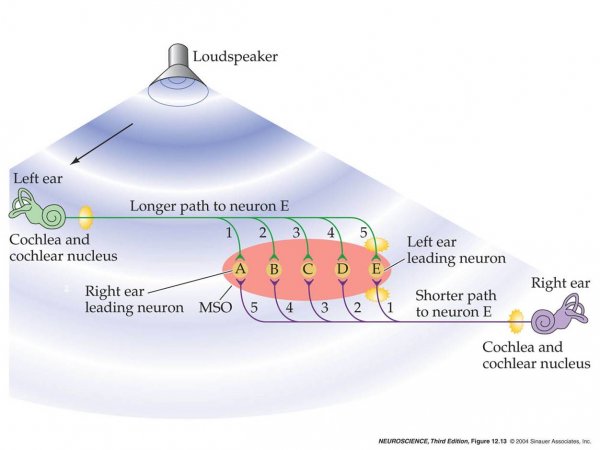As our perception of the location of a sound is based on time & level differences of the sound reaching each ear, the sound stage illusion is created for us primarily using these factors in the signal (room reflections, etc are also at play but let's ignore them)
As sound stage is one of the improvements most often reported in listening to better quality reproduction, I wondered why there wasn't a test which measured this inter-channel timing & level. Another factor often mentioned with better reproduction systems is that they expose more subtle detail in the sound - is this one reason why they produce a more realistic sound stage - it goes down to a lower signal level & so is more like what we hear in nature & the illusion is more real? As regards timing, I don't know of any tests that have tested the inter-channel subtle timing differences that are also part of the picture.
Maybe there is such a test - I asked on another thread but got no answer but perhaps my question was lost in the noise or maybe there is no test so I decided to open a thread to explicitly ask this question again & discuss what are the implications of having (or not having) such a test. If such a test exists I would like to see some results. If no such test exists are we not missing a crucial primary test that is essential to evaluating a stereo audio system & goes some way to connecting measurements to perception?
so I decided to open a thread to explicitly ask this question again & discuss what are the implications of having (or not having) such a test. If such a test exists I would like to see some results. If no such test exists are we not missing a crucial primary test that is essential to evaluating a stereo audio system & goes some way to connecting measurements to perception?
As sound stage is one of the improvements most often reported in listening to better quality reproduction, I wondered why there wasn't a test which measured this inter-channel timing & level. Another factor often mentioned with better reproduction systems is that they expose more subtle detail in the sound - is this one reason why they produce a more realistic sound stage - it goes down to a lower signal level & so is more like what we hear in nature & the illusion is more real? As regards timing, I don't know of any tests that have tested the inter-channel subtle timing differences that are also part of the picture.
Maybe there is such a test - I asked on another thread but got no answer but perhaps my question was lost in the noise or maybe there is no test


















